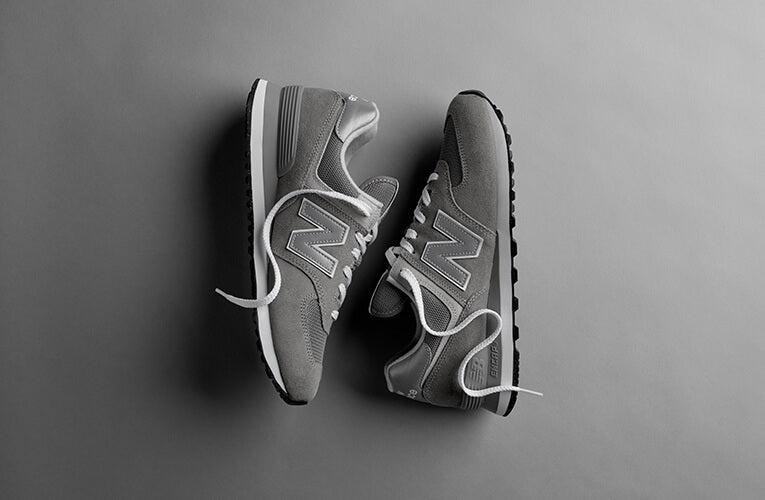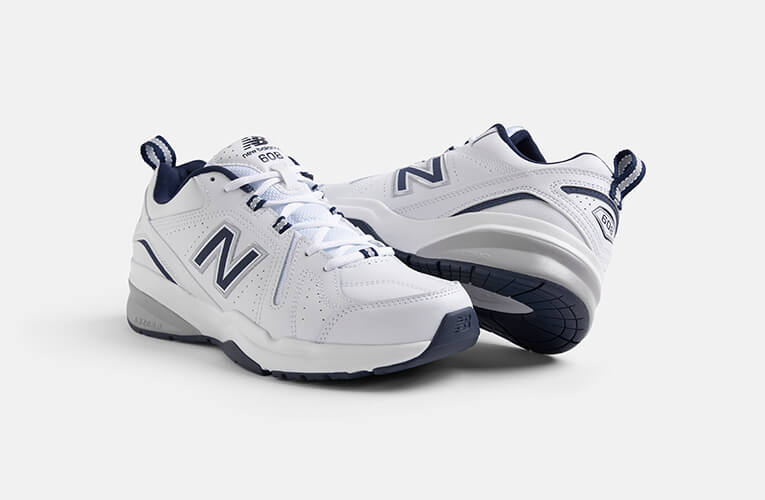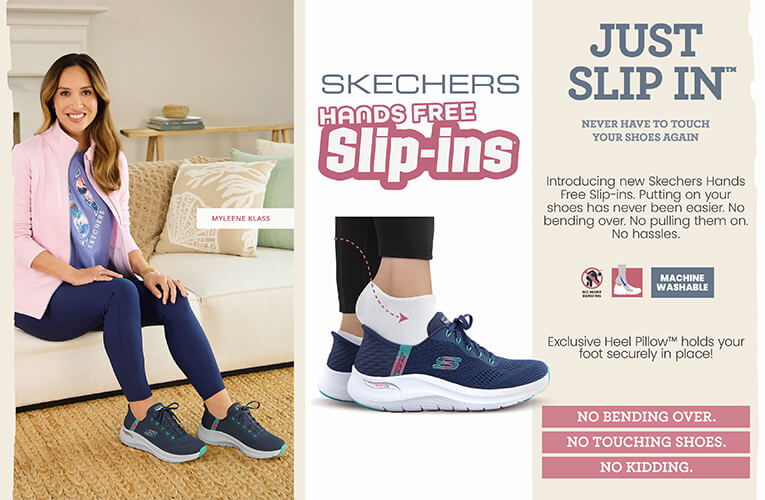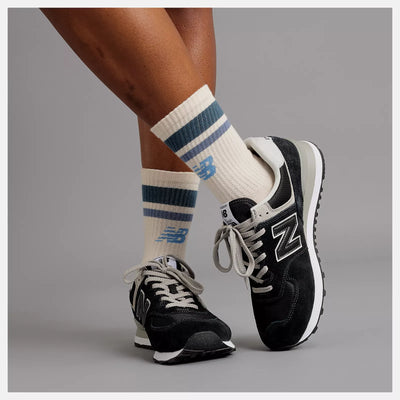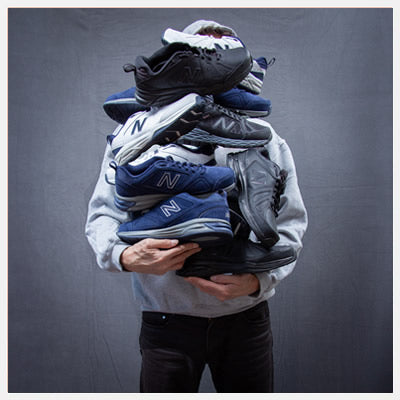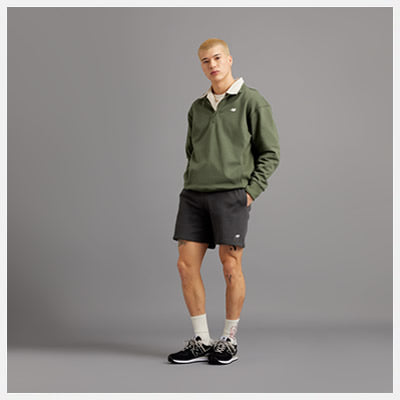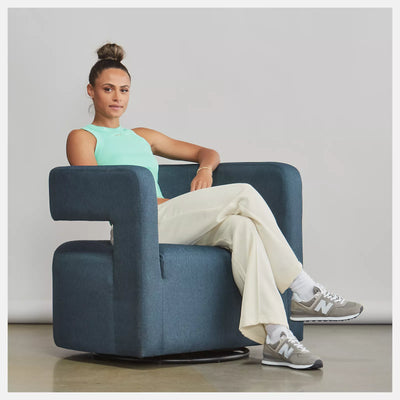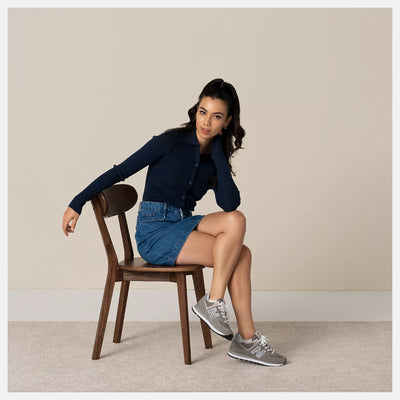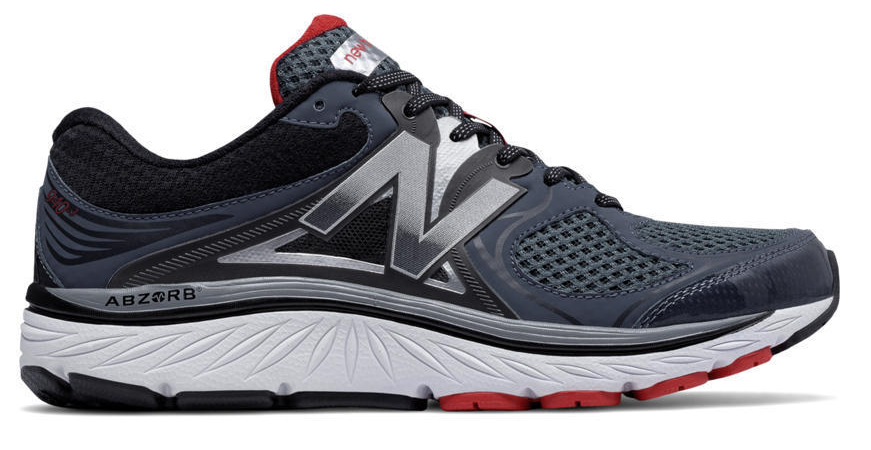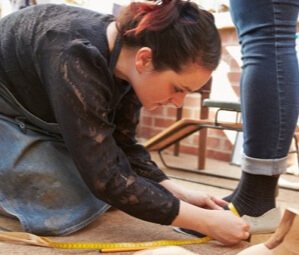Shoes for Bunions
If you notice that the joint at your big toe has a bony bump and your big toe doesn’t point straight ahead, but angles toward your second toe, you are not alone. Having a bunion is not uncommon, and this condition affects more than 15 percent of women in the United Kingdom alone.
Men can also develop bunions. This potentially painful foot concern is not solely confined to women.
What is a Bunion?
A bunion is a bony bump that forms at the base of the big toe when the bone or tissue at the joint moves out of place. The toe bends back forcefully toward the others, which causes a painful lump of bone to develop on the foot.
Since this joint is responsible for carrying a lot of your weight when you walk, bunions have the potential to be very painful if they are not properly treated. The joint at your big toe may become stiff and sore, which can make wearing shoes difficult or in some instances, almost impossible.
Symptoms of Bunions
Other than the bump at the base of the big toe, other symptoms of bunions are as follows:
- Swelling and pressure over the big toe joint that is worse when wearing shoes
- Sore skin in the area of the bunion
- Red, hard, callused skin due to the overlapping of the big and second toes
- Changes in the shape of your foot, which can make finding shoes for bunions a challenging proces
Causes of Bunions
Genetics
The tendency to develop this type of foot problem tends to run in families, but it is important to understand that it is the foot type that is inherited, not the bunion itself. Parents who have poor foot mechanics end up putting abnormal pressure and motion on the big toe joint, which can lead to deformities like bunions, and they can pass this tendency down to their children.
Arthritis
Rheumatoid arthritis causes pain and inflammation in the joints. This autoimmune disease causes the body to attack the cells lining your joints. As a result, they become stiff, painful and swollen. Gout is a form of arthritis that is commonly associated with the big toe. Caused by sodium urate crystals forming in and around the joint, gout attacks usually occur at bedtime or at night and can be excruciatingly painful. These attacks last for up to 24 hours and the symptoms of the attack settle down in 3 -10 days.
Poorly Fitted Shoes
Wearing shoes that are too tight or that squeeze toes together can lead to bunions. Women are more likely to develop this condition because they are more likely to wear shoes where the front, or box, of the shoe has a pointed shape.
High-heeled shoes, where the heel is more than two inches in height, also contribute to the development of bunions, since they push the entire foot forward. The ball of the foot and the big toe joint ends up supporting more of the body weight than if the shoe had a lower heel. Combine this with a slim silhouette, and over time, you increase your risk of developing a bunion on one or both feet.
How to Choose Shoes for Bunions
If you are concerned you may develop a bunion or you have already been diagnosed with one by your GP, you’ll want to take care to make sure that you don’t make the situation worse by choosing footwear that irritates your big toe joint.
-
Wide Fit is Essential
When looking for shoes to wear when you have bunions, you’ll need to find a pair with a wide fit. The box needs to be room enough so that you can wiggle your toes with ease.
Ladies who want to wear high heels for a special occasion may do so, but it’s a good idea to take a back-up pair of comfortable shoes with you so that you can change your shoes if your feet start to hurt partway through the evening.
-
Look for Shoes with a Flexible Upper
Bunions can be very painful if pressure is applied to an already-irritated joint. Be sure to read product descriptions carefully to ensure that the shoe is made with a material such as soft leather or leather and neoprene, which will give the shoe some stretchiness. Memory foam is another good choice, since it forms to the dimensions of your feet for the ultimate in comfort.
-
Adjustable Buckles, Straps or Laces
Another feature you will want to look for when choosing shoes for bunions is whether the style you are considering is adjustable. Depending on whether you are wearing a bunion pad or have an orthotic in your shoe, you’ll want to be able to adjust it for comfort and convenience. Look for buckles, straps and laces when choosing a style so that you will be able to get the exact fit you need.
5 Facts about the Cause and Treatment of Bunions
Most of what patients know about bunions is often incorrect. Misinformation can prevent you from seeking out the correct treatment needed. If you have bunions, then it is time to stop relying on myths and discover the facts you should know.
-
Joint Misalignments Cause Bunions
Many believe that bunions are growths, and this is not the case. Bunions are often the result of a misalignment of the big toe joint (metatarsal phalangeal). The big toe will begin to drift toward the other toes once the joint is misaligned. This will cause the base bone to protrude outward and form a bony looking knob on the foot.
-
High Heels Do Not Cause Bunions
High heels are often taken the blame for bunions on women due to their tight fitting. Tight shoes may be the culprit for agitating a bunion, but it is not the cause. Bunions can be hereditary or the effect of a foot injury. Shoes have nothing to do with the development of bunions. It is time to blame the instability of the big toe joint and muscle imbalances.
-
Bunions Do Get Worse Without Treatment
If you have a bunion that is causing you pain, then it is important to seek medical help before the condition worsens. Bunions can become larger and more painful over time. The only way to successfully remove a bunion that has been left untreated is with surgery. So, don’t wait until those shoes no longer fit properly or the pain becomes unbearable to seek medical assistance.
-
There Is More than One Way to Treat a Bunion
Bunions are individually treated just as a patient is. Every bunion is different and because of this variety the treatment options can vary. Your doctor has assist you in finding the treatment that best fits your condition and needs. Conservative treatments plans will include tapping and padding bunions to release stress and reduce pain from the toe joint. Orthopaedic shoes may be an option to help assist with these padding efforts. Surgical options may be on the table for your current condition also. A surgeon is able to remove part of the bunion and realign the joint, restoring the foot’s original shape.
-
It Is Rare for Bunions to Return after a Surgery
If your options have been narrowed down to a surgical solution, then your bunion is not likely to return. There are exceptions to this rule as some patients with unusual foot structures are required to have more than one surgery. However, the surgical option for bunions is usually the last solution available for treatment.
DISCOVER OUR RANGE OF WOMEN'S SHOES FOR BUNIONS
Sources
- www.scpod.org/foot-health/common-foot-problems/bunions/
- www.nhs.uk/conditions/Rheumatoid-arthritis/Pages/Introduction.aspx
- www.nhs.uk/conditions/Gout/Pages/Introduction.aspx
- orthopedics.about.com/od/toeproblems/tp/bunions.htm
- www.mayoclinic.org/diseases-conditions/bunions/basics/definition/CON-20014535
- www.webmd.com/skin-problems-and-treatments/understanding-bunions-basics
- cherrywoodfootcare.com/foot-and-ankle-care-for-athletes/
- www.doctorvikki.com/top-5-bunion-facts-from-superior-foot-ankle-care-center/


